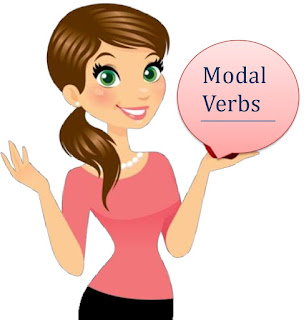Lesson Planning of Quadrilaterals Family Subject Mathematics Grade 5th
Lesson Planning of Quadrilaterals Family
Subject Mathematics
Grade 5th
Students` Learning Outcomes
- Recognize the kinds of quadrilaterals (Square, Rectangle, Parallelogram, Rhombus, Trapezium and kite).
Information for Teachers
Quadrilaterals:
- A closed figure with four sides and sum of
its all interior angles is 3600
Square:
- All sides are of the same length.
- Opposite sides are parallel
- There are four right angles
- Diagonals are equal.
Parallelogram:
- Opposite sides are parallel.
- Opposite sides are of same length.
- Consecutive angles are supplementary (their
sum is equal to 1800)
- All quadrilaterals, except for trapezium and kite are considered parallelograms.
Rectangles:
- Opposite sides are of the same length and parallel.
- There are four right angles.
- Consecutive angles are supplementary.
- Diagonals are equal.
Rhombuses:
- Parallelogram with four equal sides and equal opposite angles.
- Opposite sides are parallel.
- Diagonals are not equal.
Trapezium:
- Have only two parallel sides (one pair)
Kite:
- Have two pairs of equal (adjacent) sides.
- Each angles is less than 1800)
- Consult text book at all the steps wherever required.
Material / Resources
Writing board, chalk / maker, duster, one
figure drawn on A4 paper. (One or two sets according to strength), scissor,
geometry box, textbook
- Following pictures distribute among students and ask are these triangles.
- If they say “NO” then ask them why they said not and then introduce that Close-shape with four sides is known as quadrilateral.
- Introduce name of each of quadrilaterals with following figures i.e., square, rhombus, trapezoid, rectangle. However, don`t explain the properties of these.
Development
Activity 1
- Write names of all five quadrilaterals on board.
- Divide the class into 5 or 10 groups and give each group a sheet with one quadrilateral on it.
- Students need to name their quadrilateral, as specially as possible, and then cut it out.
- Use rulers and protractors to draw and measure diagonals and angles. Find as many relationships as possible between opposite sides, opposite angles, and diagonals.
- Ask them to find answer of following questions:
- Relation between lengths of sides
- Relation between angles
- Find supplementary angles.
- Number of parallel pairs
- Ask each group to record its findings and write inside the shape.
- Invite one presenter in front of class and present the quadrilateral given to that group..
- Distribute a worksheet or draw the given table on board and then check mark each characteristic for reinforcement.
- Teacher leads students to recognize relationships between quadrilaterals and fill the table.
- Ask them to look for things similar to these
quadrilaterals and write their names. This can be given as Home work as well.
- Wrap up the activity by drawing each figure on board and repeating its characteristics with whole class.
Sum up / Conclusion
- Quadrilateral just means “four sides” (quad means four, lateral means side).
- Any four-sided shape is a Quadrilateral.
- But the sides have to be straight, and it has to be 2-dimensional.
Properties:
- Four sides (or edges)
- The interior angles add up to 360 degrees.
Types of Quadrilateral:
Assessment
- “Name that Quadrilateral”
- Is it a square or a rhombus?
- Draw a Trapezoid on board and ask why it is not a Rhombus?
- (Students will have to decide after thinking about properties of both. Similarly you can give questions for any of two shapes.)
- Conduct a game in class “Pass Word”. One group will give clues to the other group and they have to find the figure.
- Prepare True / false questions, such as; every rectangle is a parallelogram. True / False
- Every square is a quadrilateral. True / False
- A rhombus is a kite also. True / False
- Involve the students in solving the exercise questions given at the end of the lesson of text book.
Follow up
- Tick the appropriate box according to the given pictures below.
|
Quadrilaterals |
|||||
|
|
Parallelogram |
Rectangle |
Rhombus |
Square |
Kite |
|
Opposite sides parallel |
|
|
|
|
|
|
Opposite sides equal |
|
|
|
|
|
|
Opposite angles equal |
|
|
|
|
|
|
Consecutive angles supplementary |
|
|
|
|
|
|
four right-angles |
|
|
|
|
|
|
four equal sides |
|
|
|
|
|
|
diagonals bisect each other |
|
|
|
|
|
|
diagonals congruent |
|
|
|
|
|
|
diagonals perpendicular |
|
|
|
|
|
|
Diagonals angle bisect. |
|
|
|
|
|

















Comments
Post a Comment